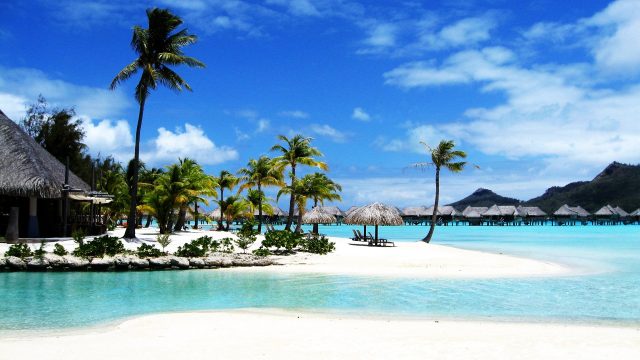TRAVEL EXPERIENCES IN HOI AN ANCIENT TOWN, VIETNAM
20-03-2019Hoi An, once known as Faifo, was a major international port in the 16th and 17th centuries, and the foreign influences are discernible to this day. While the serious shipping business has long since moved to Da Nang, the heart of the city is still the Old Town, full of winding lanes and Chinese-styled shophouses, which is particularly atmospheric in the evening as the sun goes down. While almost all shops now cater to the tourist trade, the area has been largelypreserved as is, which is unusual in Vietnam, and renovation has proceeded slowly and carefully - it's mercifully absent of towering concrete blocks and karaoke parlors.
.jpg)
Hoi An - UNESCO World Heritage Site
The ancient port town of Hoi An, known to early Western traders as Faifo, lies on the Thu Bon River 30 km south of Danang. Originally a seaport from the ancient kingdom of Champa, it became one of Southeast Asia’s major international ports in the 17th, 18th, and 19th centuries, attracting trading vessels from both European and Asian countries, including Holland, Portugal, China and Japan.
Today, parts of Hoi An look much the same as they did 150 years ago with hundreds of old houses, some over two centuries old, made of precious wood in the traditional style. The town was recognized as a UNESCO World Heritage site in 1999 and many of the original houses and other features of Hoi An have been preserved.
Hoi An is one of the few places you will still find genuine Vietnamese architecture, but is also a harmonious integration of other architectural styles influenced by the Japanese and Chinese traders who settled there in the past. The famous Japanese Covered Bridge was constructed in 1593 by the Japanese community in Hoi An and reflects a preference for understatement. It links to the Chinese quarter with its fascinating temples and assembly halls.
Many of the historic buildings are now museums featuring exhibitions on the pottery trade, silkworm raising, silk weaving and other historical aspects of the town. Shoppers will also enjoy the bustling central market and the many shops selling local pottery, as well as the numerous expert tailors who will sew custom-made clothes for you overnight.

Must do? Stroll around Hoi An's rambling market streets- lined with centuries old houses, quite boutique and famous tailors.
Have clothes made. This is the place for silk, ao dai and whatever you want of clothing. Ready within 24 hours.
Visit art galleries and lunch in one food outlets, watching the timeless scenery unfold before your eyes.
Get a couple of lanterns as souvenirs for relatives at home
Highlights
Japanese Covered Bridge (Cau Nhat Ban or Lai Vien Kieu)
Museum of Trade Ceramics, 80 Tran Phu St.
Cantonese Meeting Hall, 176 Tran Phu St.
Chinese All-Community Meeting Hall
My Son Sanctuary - The holy Champa city, was recently recognized as a World Heritage site
Festivals: Famous Full Moon Festival: The Full Moon Festival is held on every 14th day of the lunar month.
Tips:Aggressive vendors are increasingly becoming an issue in Hoi An, do not give them your business. Take a cooking course in Hoi an then try the Hoi an recipes at home




.jpg)
.jpg)
.jpg)
.jpg)
.jpg)
.jpg)
_.jpg)
.jpg)
.jpg)
.jpg)
.jpg)
.jpg)
.jpg)